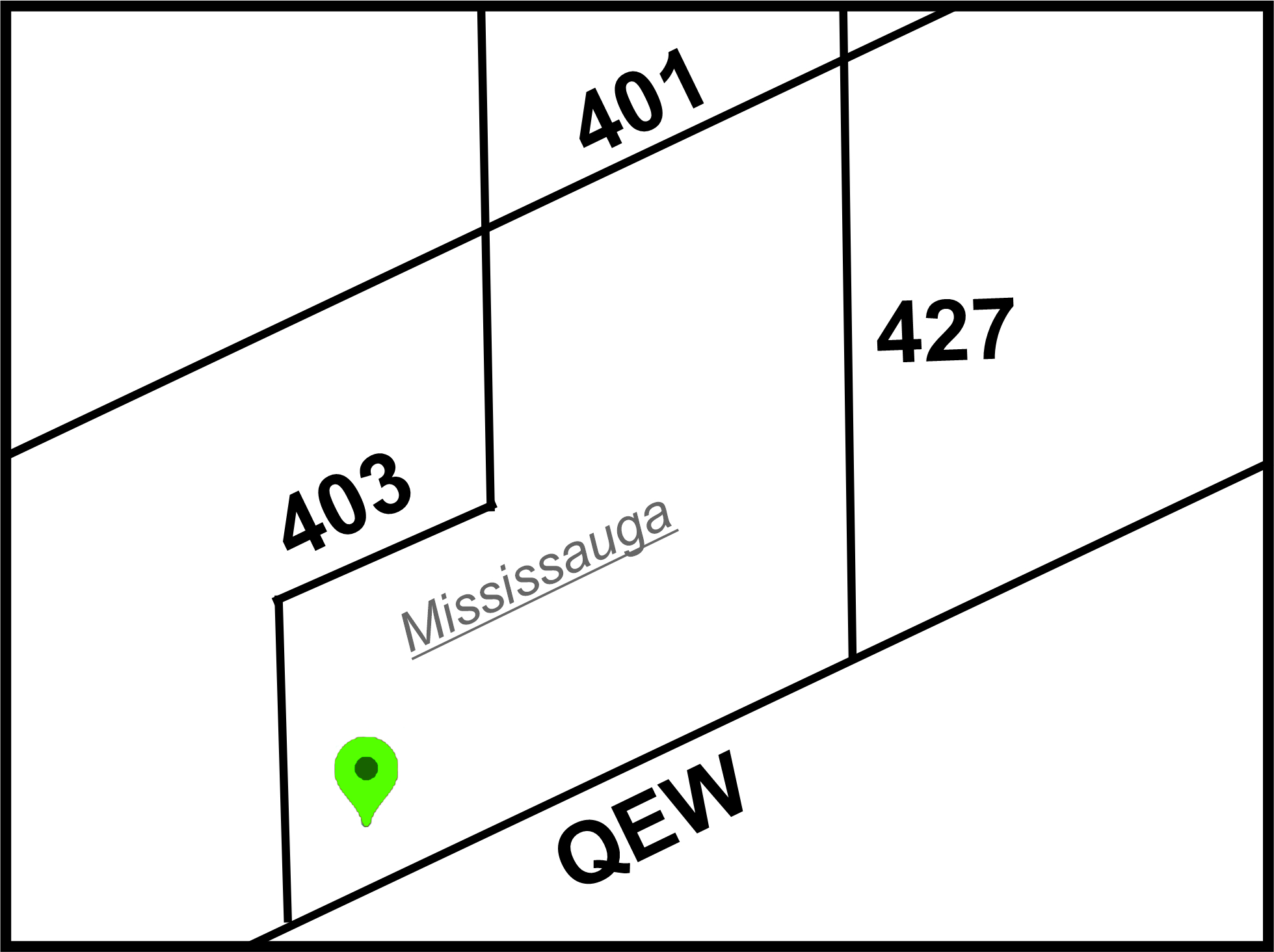There is a vast array of options available on the market, and it can be both bewildering and time-consuming to determine the specific requirements that suit you. This guide aims to assist you in navigating through the various alternatives and comprehending the diverse products at your disposal.
Collecting Information
Prior to delving into the specifics of any equipment, it is vital to gather foundational information about your rehabilitation plans. This entails consulting not only your doctor or surgeon but also engaging with your physiotherapist, occupational therapist, case manager, and/or social worker. If you haven't been connected with support therapists, consider asking your doctor for a referral, as these specialists are well-versed in evaluating equipment needs, comprehending your distinct necessities, and offering insights on suitability and funding possibilities.
Equipment Needs
Consult your therapists regarding the equipment required upon your discharge or return home. This encompasses not only the bed itself, along with mattresses and pillows, but also other equipment to be utilized on or around the bed. Some of this equipment might need to be affixed to the bed, slide beneath it, or be positioned between the frame and the mattress. This coordination is pivotal when selecting a bed and mattress, as all your equipment should seamlessly integrate. Certain equipment could potentially limit the available space for a bed, necessitating awareness when choosing a frame and fittings.
Care Considerations
Understanding your anticipated care requirements is crucial even before considering the bed itself. This might not seem significant until you ponder the following questions:
- Will you require assistance when getting in and out of bed?
- Who will offer this assistance?
- Are there exercises or activities to be performed in bed that necessitate aid from another person?
Addressing these inquiries influences whether a height-adjustable bed is needed, which can prevent caregivers from experiencing their own back problems. If you are capable of mobility, the requirement for high side bars should be weighed against the short-term need for a caregiver, as these bars may not be removable.
Duration of Rehabilitation
How long is your projected recovery period? What stages comprise your rehabilitation process? These aspects help determine whether purchasing or renting equipment is more suitable. You must decide whether investing in top-tier support for a chronic condition is worthwhile or whether opting for more cost-effective alternatives or rentals until your condition stabilizes is more practical.
Available Financing
While this matter will be explored further in this guide, having an understanding of potential equipment funding is crucial. Variations in costs can be substantial, and comprehending your overall budget aids in prioritizing equipment needs.
Potential Complications
Will you experience prolonged immobility? Are pressure sores or other circulatory issues a concern? Do specific requirements exist to prevent these issues or aid in your rehabilitation? Are there directives for spinal care, bowel/bladder support, mobility, and comfort that must be factored in when selecting a bed and accessories?
For extended bed rest, contemplate a bed with adjustable posture options. This enhances sitting comfort and potentially improves sleep quality. Adjustable posture can also assist in avoiding pressure sores, as different positions can be assumed without added stress on the spine or injured areas. It is advisable to discuss these choices with your therapist to make an informed decision regarding the most suitable support for your unique condition.
Mattress Inclinators
These devices can be added to a standard bed frame and offer sections that can incline at the bed's top or bottom. Operated electronically, they require a separate handset. While mattress inclinators save on the expense of a new bed, compatibility with your mattress, frame, platform, and power mechanism must be verified, considering any other therapeutic devices required. Noise levels during platform movement should also be evaluated, as excess noise might be bothersome. Compatibility with other therapeutic aids and the impact of incline on reachable furniture and aids should also be assessed.
Electric adjustable beds feature segmented bases allowing the bed to incline to a seated position, raise the legs, or combine both actions. Electric mechanisms, especially with handheld controls, offer ease and enable posture adjustments when necessary. Your therapist's input is crucial, particularly concerning postures that might not be advisable for your condition.
For Couples Certain beds provide separate adjustments for couples, accommodating varying inclines on each side of the bed. These can be useful if you plan to share the bed with a partner but still require supportive equipment. Consider whether the beds can function as separate singles when equipment is no longer needed.
If standing up from the bed is challenging, adjustable height beds are valuable. They allow the bed's height to be raised, facilitating leg placement on the floor and turning at waist level. These beds are advantageous when additional furniture like a free-standing table is needed for activities in bed. Adjustable height beds can be operated manually or electrically, with the latter providing smoother adjustments.
Other Alternatives Chair Beds
Chair beds, either highly inclined to mimic chairs or deeply reclined to resemble beds, provide a versatile option. Assess whether the intended use is suitable for bedroom or shared living space, and whether the incline suits your spinal condition. Consider psychological benefits of separate spaces for daytime and nighttime activities during rehabilitation. Evaluate available supports for feet and legs, especially for circulation issues.
Financial Considerations
In cases of accidents or injuries, consult your lawyer regarding compensation possibilities for appropriate bed and equipment. Engage your lawyer early to include these items in your care plan. When considering long-term bedding needs, prioritize quality over cheaper alternatives. Consult your occupational therapist before purchasing expensive equipment, as their recommendation might be essential for health insurer funding. Occupational therapists can help you prioritize functions and make value-driven choices. They can also assist in exploring funding alternatives if budget constraints exist.
In conclusion, finding the right bed and equipment demands thorough consideration of your specific rehabilitation needs, consultation with therapists, and thoughtful financial planning.




 Copyright © 2024 |
Copyright © 2024 |